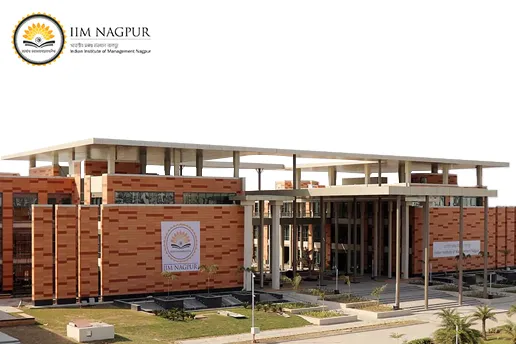Process mapping and analysis is a part of activities that involve what an organisation will do, who will be responsible for work, and determining a standard process that needs to be followed. It also helps to understand the measurement taken to determine the success of a process. Process mapping aims to understand organisations more efficiently and less complicated.
Additionally, it provides a clear picture of the job carried out within the organisation and aids in determining whether or not the current procedure needs to be improved. Also, PMA takes a particular objective and measures the objectives with the entire organisation’s objective. It also makes sure that all processes are aligned and determined considering the company’s capabilities and potential.
To make things easier, online management courses help you understand the methodologies behind the business process. Let’s understand more about it in this blog post, the purpose behind process mapping, and three types of business improvement using process mapping and analysis.
The Purpose of Using Process Mapping
The purpose of process mapping is to boost organisation efficiency and provide insight to help teams grow. There has been increased communication and meeting deadlines. Moreover, you get a clear concept of process ownership and responsibilities. The effectiveness measures or process metrics can be defined with process mapping and analysis. The process might be time-consuming, but quite mandatory for business improvement.
Process mapping is also used to simplify, improve, and upgrade the already existing business process. It helps to improve operations in finance, supply chain, marketing, sales, and accounting. Process mapping and analytics let you visually communicate the essential details of the process. It maps to streamline work processes and built understanding among employees and organisation.
Another purpose is that they provide the right guidance towards making the organisation, a better company. With mapping and analytics, you can form sets of questions that help your organisations to grow and business improvement. Online management courses with certificates from IIM Tiruchirappalli help you to understand the concept more better and efficiently.
Three Business Improvement Methodologies
1. Plan Do Check Act (PDCA)
Plan Do Check Act (PDCA) is a continuous cycle of improvement that involves planning, implementing, checking, and acting on solutions to achieve the desired result. The PDCA cycle helps organizations identify problems, develop and test solutions, and then implement and monitor continuous improvement. The four steps of the cycle are:
Plan: Define the problem, develop an improvement plan, and set objectives.
Do: Test the plan and implement the solutions.
Check: Monitor and measure the results of the implementation.
Act: Make necessary adjustments based on the results.
2. Lean Manufacturing
Lean manufacturing is a common manufacturing management process. It defines a just-in-time method and is all about making the business process seamless. It has the following 5 principles of lean manufacturing:
- Identify importance
- Create value stream
- Map flow
- Establish pull
- Continuous improvement
3. Why Analysis
The last effective method for business improvement is finding why. If you identify the mistakes and focus on the importance, you will find your why. Ask and think why that process is necessary and why implement it. It makes the organisational process easier for every profession.
Conclusion
Implementing process mapping and analysis for your business improvement has become essential. If you want to execute it in your company, enroll yourself in the manufacturing management & analytics program, one of the best IIM Trichy courses. To get more details, visit Jaro Education and be part of online management courses with certificates.






